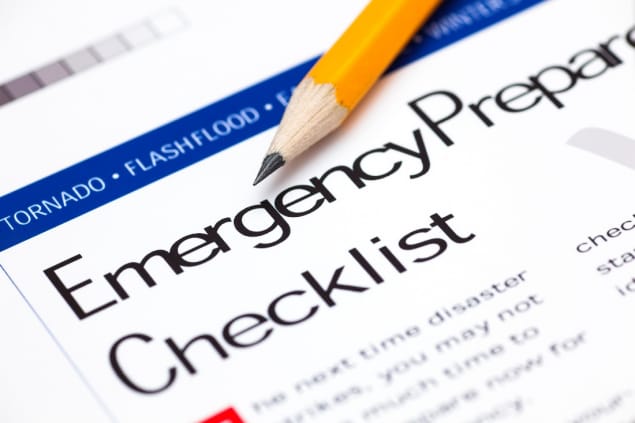Building a Resilient Newborn Screening System
What can newborn screening programs do ahead of an emergency?
Emergency preparedness is not a one-time effort, but rather a continuous cycle of intense preparation, followed by action and recovery after the disaster. This process works to mitigate the effects of disasters and ensure that state health departments have the resilience to continue screening newborns without delay. A few general preparedness activitiespdf icon suggested in the CONPLAN include:
- Design a COOP (Continuity of Operations Plan). The laboratory COOP is a pre-event plan that outlines all policies necessary for a laboratory to respond quickly to possible disruptions or threats. APHL has a helpful guidepdf iconexternal icon on creating a COOP, as well as a templatepdf iconexternal icon.
- Train staff and undergo drills. Drills ensure that when the actual danger arrives, employees know exactly what to do.
- Develop an after-action report. After-action reports are an exercise to identify weak areas in an emergency management plan, make recommendations to improve it and summarize lessons learned. An example of this would be CDC’s after-action reportpdf icon.

What questions can help guide newborn screening programs when developing a COOP?
Each strategic objective in the CONPLANpdf icon is broken down into a detailed checklistpdf icon with a list of questions to assist in planning for continued operations during an emergency. Each link connects with the specific questions for each strategic objective.
- Specimen Collectionpdf icon
- Specimen Transportpdf icon
- Specimen Testingpdf icon
- Reporting Out Resultspdf icon
- Diagnostic Confirmationpdf icon
- Treatment and Managementpdf icon
Examples of these questions include: Do we have an EMAC (Emergency Management Assistant Compact) established with another state health department laboratory? Who are the core staff that will be onsite to perform tests? Are all our records backed up safely? Do we have alternate forms of communication to contact providers and families in case one isn’t working?
